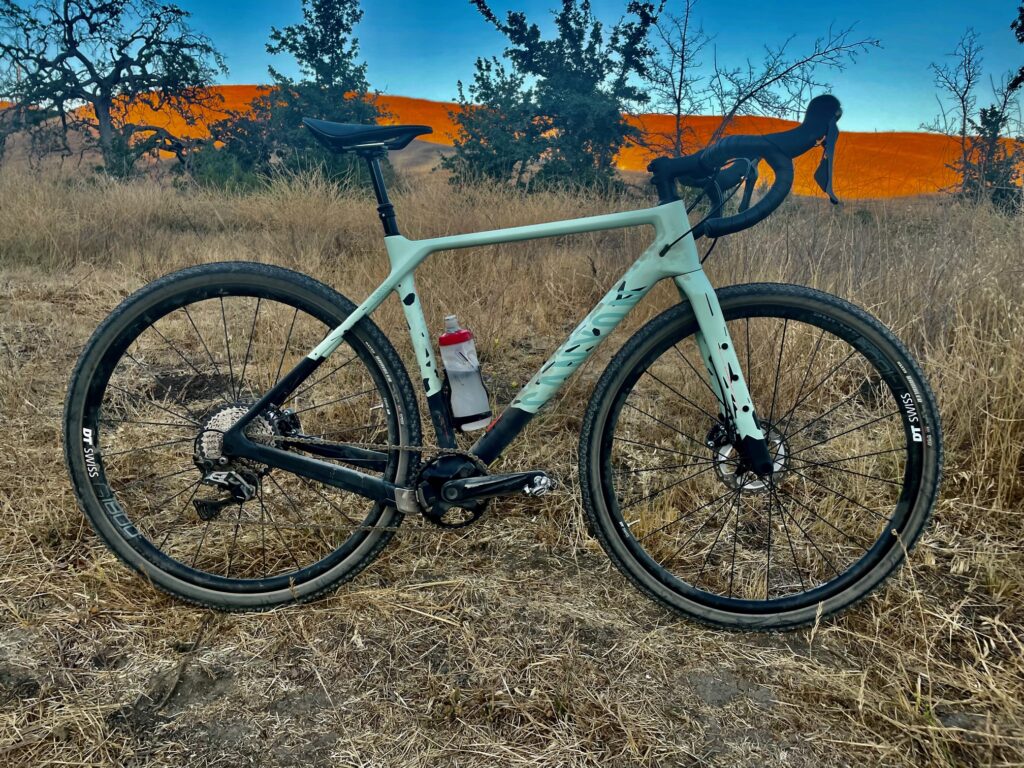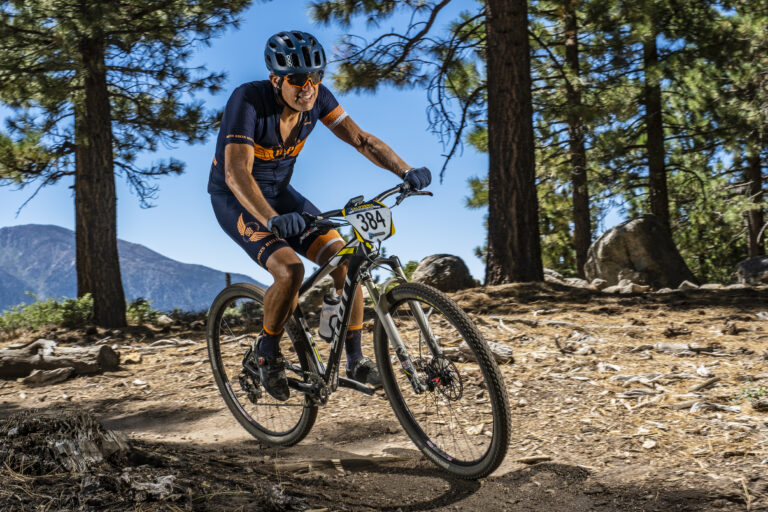Hey Masters Cyclists, add some Excitement to your Next Mountain Bike Ride!!
Hello masters cyclists, today’s mountain bikes are simply amazing. They can pretty much roll over anything you want with ease on mountain bike rides. The negative is that a modern MTB can make riding some mountain bike trails almost too easy, even boring, even for masters cyclists.
Mountain bikes have undergone significant technical advances over the past 10 years. Some of the major improvements include:
- Frame Materials: The materials used in frame construction have become more advanced. Carbon fiber and titanium are now widely used for high-end frames, and even mid-range bikes now often feature aluminum or carbon fiber frames.
- Suspension Systems: Suspension systems have become more advanced and adjustable, with longer travel options and better shock absorption. Advances in technology have also made suspension lighter and more efficient.
- Wheel Sizes: Mountain bikes have seen a proliferation of new wheel sizes, including the 29-inch wheels and 27.5-inch wheels, and the newer 27.5+ and 29+ sizes that offer even more traction and stability.
- Brakes: Disc brakes have become the standard on mountain bikes, with hydraulic systems offering superior stopping power and modulation.
- Drivetrains: Mountain bike drivetrains have evolved with 10- and 11-speed options now standard, and 12-speed systems becoming more common. There are also more options for 1x (single chainring) drivetrains, which simplify shifting and reduce weight.
- Tubeless Tires: Tubeless tires have become more popular, offering better traction, fewer flats, and lower rolling resistance.
- Geometry: Mountain bike geometry has become more advanced, with slacker head angles, longer wheelbases, and shorter chainstays, resulting in more stable and maneuverable bikes.
Overall, these technical advances have made mountain bikes more capable, efficient, and enjoyable to ride. But, also a little boring for a masters cyclist.
How Masters Cyclists can add some Excitement to their Next Mountain Bike Ride!!
Last weekend, I wanted to do a fun trail ride but my mountain bike was in pieces as I was re-painting it. It came out amazing by the way. Here is a link to how you can repaint your bike yourself. It came out amazing by the way!!! Thank you Spray.Bike!!!

Anyway, so I rode my Canyon Grizl Gravel Bike on one of my favorite mountain bike trails with some masters cyclists buddies.

The difference between a hard-tail mountain bike and a gravel bike
For those masters cyclists who are not familiar with gravel bikes, here are some differences between gravel and mountain bikes.
A hard-tail mountain bike and a gravel bike are two different types of bicycles designed for different purposes. Here are the key differences between the two for masters cyclists to consider:
- Design: A hard-tail mountain bike is designed for off-road terrain and features a suspension fork on the front to absorb bumps and shocks. A gravel bike, on the other hand, is designed for riding on mixed terrain and features a more road-oriented frame with no suspension.
- Tires: A hard-tail mountain bike typically has wider, knobbier tires for traction on loose terrain, while a gravel bike has narrower, smoother tires that are designed to roll quickly on pavement and hard-packed dirt roads.
- Riding Position: A hard-tail mountain bike typically has a more aggressive riding position with a lower handlebar height and shorter stem, while a gravel bike has a more relaxed, upright riding position for long rides on varied terrain.
- Gearing: A hard-tail mountain bike typically has a wide range of gears for climbing steep terrain, while a gravel bike may have more limited gearing for faster, flatter riding.
- Purpose: A hard-tail mountain bike is designed for off-road trail riding, while a gravel bike is designed for mixed terrain and long-distance touring. Gravel bikes are also often used for commuting and bike-packing adventures.
Overall, a hard-tail mountain bike is built for more technical and challenging off-road terrain, while a gravel bike is designed for longer, multi-surface rides that may include some off-road sections, but not as technical as mountain biking.
Here is link to an article about the difference between mountain and gravel bikes masters cyclists may find helpful.
My experience as a masters cyclist riding a gravel bike on a mountain bike trail
On the Climbs, the thinner tires on my gravel bike and a lack of suspension allowed me to fly up the climbs pretty well. Except for the really steep parts, where I really missed my 52 tooth rear cog on my mountain bike. I had to really think about the uphill switchbacks as my Gravel Bike has a longer wheelbase and no 52 on the back cassette to help me spin up the incline. I really did;t notice the lack of front suspension as I was climbing fairly slowly.
On the Downhills, I needed to choose my line carefully to avoid large bumps and obstacles I don’t even think about on my mountain bike. and I had to really pay attention to the steep, loose descents so I wouldn’t fly over the handlebars.
My verdict
Completing this mountain bike ride on my Gravel Bike increased the fun factor 10X. Sure my body was sore after the ride because riding a rigid bike on singletrack beats the crap out of your body. But it was a good tired if you know what I mean and I can’t wait to do it again!
I highly recommend riding a gravel bike on single track to the masters cycling community!!!
Additional resources
What is the masters category in cycling
John







Thanks for sharing. I read many of your blog posts, cool, your blog is very good.